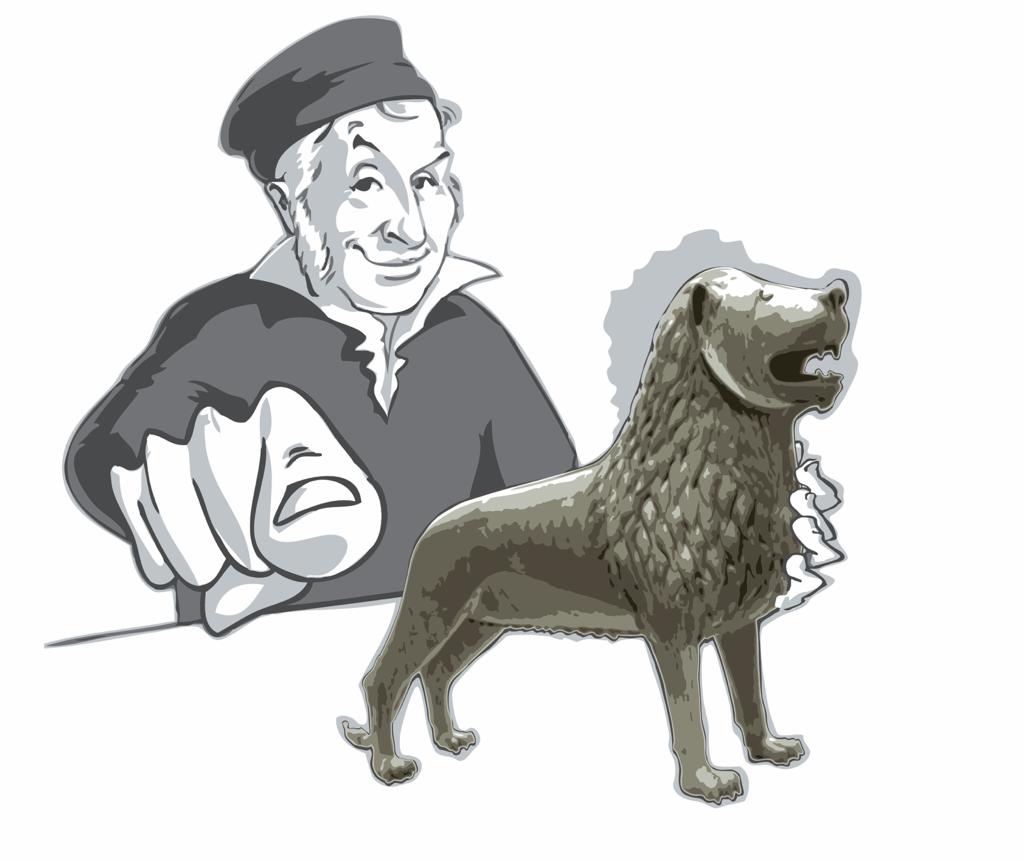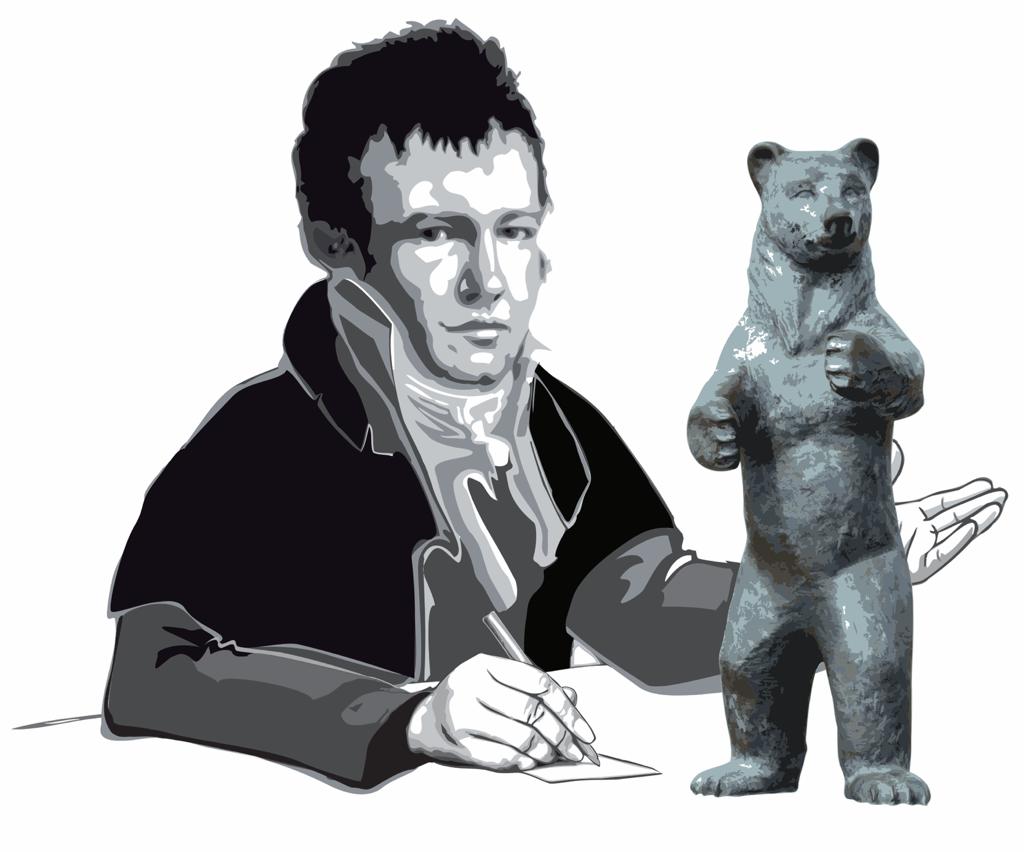Gauss-Telegraph: Flashback – Nowruz, the Persian New Year
On the evening of March 19th, the Gauss House was again marked by a unique international festival. The celebration was the Persian New Year, the so-called “Nowruz”. The Iranian community came in large numbers from Braunschweig and around, but the native Braunschweiger and international guests from all over the world also did not want to miss the most important Persian festival.
Nowruz, the Persian New Year, literally translates to “A new day” and was celebrated on the March 21st. The celebration usually lasts for four to five days.
The preparations for the celebration started at 6:00 pm with the weekly cooking-workshop. Volunteers in a group helped cooking a suitable dish for the theme evening under guidance. During this process, interesting conversations between the participants take place and quite often it translates to a new friendship.
For Nowruz, a lentil dish (Dal Adas) and a tomato-cucumber salad topped with a traditional spice mix was prepared. Approximately sixteen helping hands helped cut the vegetables and apply spread on bread rolls that evening.
Patrik (34) from Germany was in the Gauss House for the first time and became aware of the event especially through the cooking workshop. He likes cooking in connection with a culture. In a big joint and international group one can learn a lot about the food and the country of its origin.
The theme evening presentation conveyed the historical background of the Persian New Year: The origins of Nowruz goes back to 3000 years! In the second part of the presentation Nowruz was explained in connection with the astrological background. The last part of the presentation was about the mood during festival in general and how it is celebrated in Iran and other countries. The Persian New Year is celebrated not only in Central Asia but throughout the world. In contrast to the New Year’s Eve on December 31st, Nowruz is also a sign of pre-spring cleansing, in which literally everything is thoroughly cleaned…as soon as the minute hand ticks into midnight 00:00, hence a “new day”, March 21st starts, people start congratulating with “Happy Nowruz” or in Persian “Sala-e No Mobarah”.
Probably the most succinct traditional feature of Nowruz is “Haft-Sin”. Haft-Sin describes a set of draped table on which seven objects are placed, all of which begin with the alphabet “S” (in Persian) and to which a special meaning is attributed. The seven objects are garlic as a sign of protection, an apple that stands for health, vinegar for happiness, a spice-mix (Persian Somagh) represents the taste of life, sugar syrup (Persian Samanu) for blessings, fresh grass as a symbol of cheerfulness or aliveness and a whitebeam (Persian Sendsched), which represents the seed of life.

Omid (25) from Iran explains that families and friends visit each other on the first and second holidays. This means that everyone can be a guest and a host at least once. The meetings take only 15 to 20 minutes and first and foremost, the grandparents are visited out of respect. As a gift, fresh flowers are brought along and it is typical to eat fruits and selected nuts (such as pistachios and walnuts), for example, sunflower seeds do not have a good reputation as they are not special. Alternatively, instead of visiting friends and families, many use the holidays to go on a vacation. Omid adds further about the traditional main course available on the first holiday and it consists of rice and fish.
Mohammad (26) from Iran adds to the descriptions by Omid that there is a “Day of Nature” 13 days after the New Year. On this day, people go out in the nature and enjoy the time out in the open air. The opportunity is then mostly used to barbecue together.
After the presentation, at around 8:00 pm there was a musical performance of traditional Persian music. It was played on the so-called instrument “Santur”. One of the two musicians Nasim (28) from Iran, is a doctoral student in microbiology. The dreamlike music left the audience enchanted.

Afterwards, the buffet was opened and in addition to the main dish, which was prepared in the cooking workshop, an Iranian dessert was also served. The celebration in the Gauss house was complimented by a party in the basement. International party music was played and people danced and laughed together on the tune.
The evening was a great journey into the Persian culture with delicious food, enchanting music, exciting information and of course, great guests.



You must be logged in to post a comment.